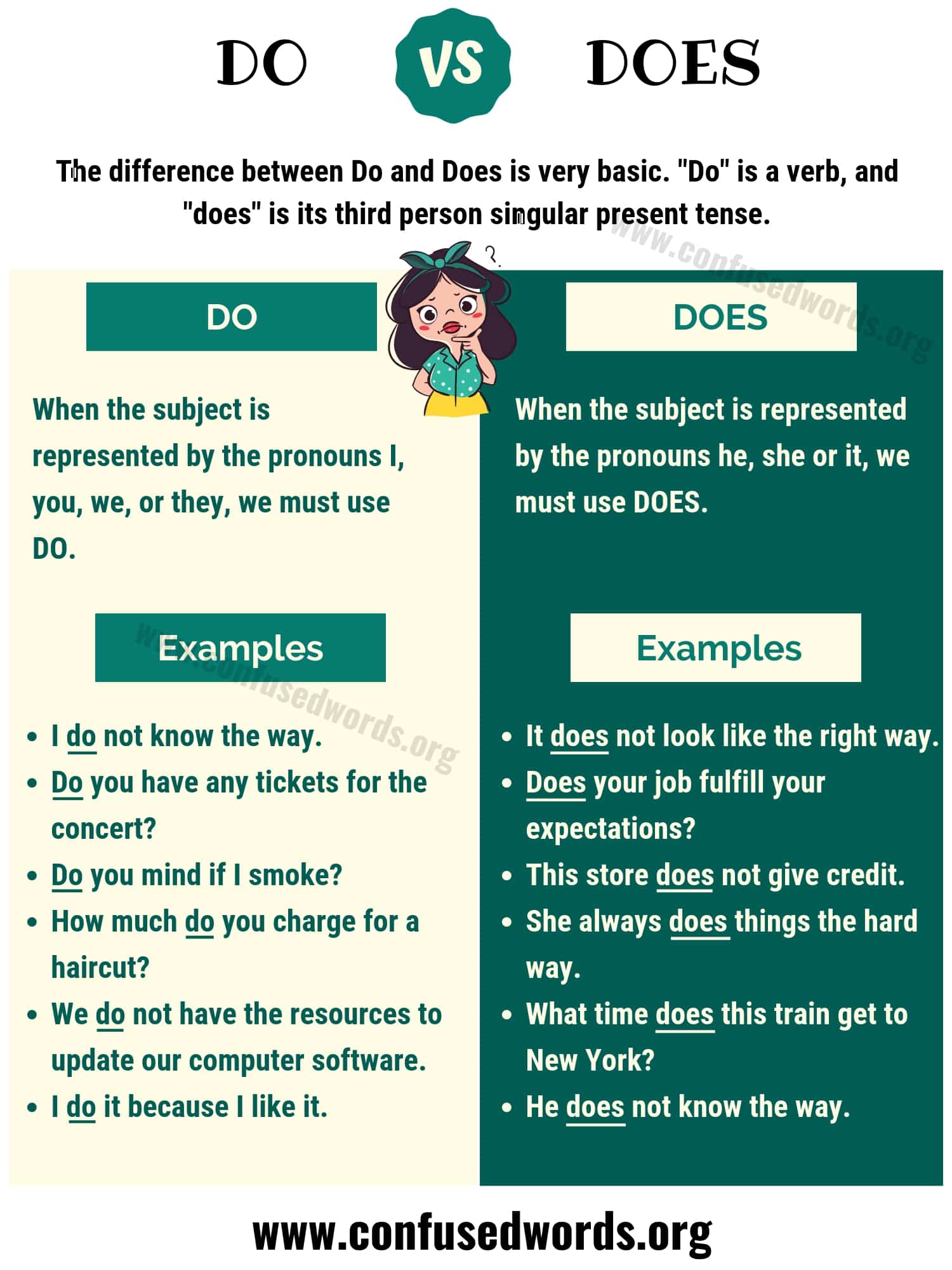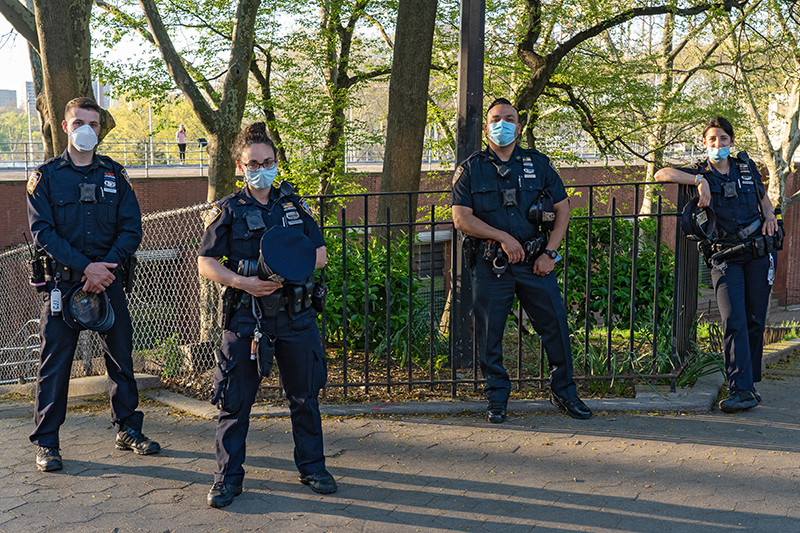Understanding Isolation Time-Out: When Learners Are Fully Removed from the Environment
Introduction: Defining Time-Out in Behavioral Management
Time-out is a widely used behavioral intervention technique in educational and therapeutic settings, primarily designed to reduce inappropriate or disruptive behaviors by withdrawing access to positive reinforcement. There are several types of time-out, each varying in restrictiveness and application. When considering the scenario where a learner is completely removed from the environment , it is crucial to understand not only the definition but also the implications, best practices, and alternatives to this approach.
Types of Time-Out: An Overview
Time-out procedures generally fall into three main categories, each with distinct characteristics and levels of restrictiveness:
- Non-exclusionary Time-Out: The learner remains in the classroom or original environment but loses access to reinforcement (such as teacher attention or activities).
- Exclusionary Time-Out: The learner is removed from the reinforcing activity or group but remains within the same room or area, able to observe but not participate.
-
Isolation (Seclusionary) Time-Out:
The learner is
completely removed
from the environment and placed in a separate, less reinforcing location, such as a designated time-out room, where access to all positive reinforcement is restricted.
Of these, isolation time-out (sometimes called seclusionary time-out) is the type that best describes when the learner is fully removed from the environment [3] [5] .
Isolation Time-Out: Key Features and Best Practices
Isolation time-out involves transferring the learner to an environment that is free from reinforcing stimuli, such as peers, activities, or teacher attention. This is considered the most restrictive and intrusive form of time-out, and its implementation is subject to strict guidelines and ethical considerations [5] .
Best Practices for Implementation
When employing isolation time-out, it is essential to:
- Use the intervention only when less restrictive forms have proven ineffective.
- Ensure the time-out location is safe, monitored, and free from potential hazards.
- Keep durations short-typically between 1 and 5 minutes, rarely exceeding 15 minutes.
- Continuously monitor the learner for safety and emotional well-being.
- Document all instances, including the behavior that triggered time-out, duration, and outcomes.
- Follow all school, district, or agency policies, which may require parental notification or administrative approval.
For example, a student displaying aggressive behavior in class might be escorted to a designated time-out room under supervision, removed from all sources of reinforcement until they are calm and ready to return [3] .
Practical Steps for Using Isolation Time-Out
To implement isolation time-out effectively, consider the following step-by-step guidance:
- Assess whether the behavior warrants the most restrictive intervention. Isolation should be reserved for severe or dangerous behaviors, not minor infractions.
- Clearly define the behaviors that will result in isolation time-out and communicate these to the learner and their caregivers in advance.
- Prepare a designated time-out space that is safe, minimally stimulating, and free of distractions.
- Train staff on proper procedures, including how to escort the learner, monitor them, and de-escalate situations.
- Upon the occurrence of the targeted behavior, calmly inform the learner of the reason for removal and escort them to the isolation area.
- Supervise the learner continuously during the time-out period, ensuring their physical and emotional safety.
- After the time-out period, discuss the behavior with the learner and provide guidance on appropriate alternatives.
- Document the incident thoroughly, including the antecedent, behavior, intervention, duration, and outcome.
These steps help ensure that isolation time-out is used ethically, effectively, and as part of a comprehensive behavior management plan [5] .

Source: youtube.com
Examples and Case Illustrations
Consider a scenario where a student is repeatedly disruptive during group activities. After less restrictive interventions (such as redirection, loss of privileges, or exclusionary time-out) fail, the student is escorted to a supervised time-out room. The room is devoid of reinforcement-no toys, electronics, or social interaction. The student remains under continuous adult supervision for five minutes, after which they are debriefed and returned to the classroom if calm. This approach is designed to minimize reinforcement for problem behaviors and help the student develop self-regulation over time [3] .
Potential Challenges and Ethical Considerations
While isolation time-out can be effective for reducing severe behaviors, it presents several challenges:
- Emotional Impact: Extended or frequent use can lead to increased anxiety, resentment, or social withdrawal in the learner.
- Legal and Policy Restrictions: Many educational jurisdictions have strict regulations governing the use of seclusionary time-out, including parental notification and documentation requirements.
- Reinforcement Risk: If the time-out room is more reinforcing (e.g., if the learner prefers solitude), the intervention may inadvertently increase the behavior.
- Lack of Skill Building: Isolation time-out does not teach alternative, appropriate behaviors. It must be paired with instruction and positive reinforcement for desired behaviors.
To address these risks, always combine time-out with proactive teaching and reinforcement strategies, and use isolation only when absolutely necessary and in full compliance with local policies [5] .
Alternatives and Supplementary Approaches
Before resorting to isolation time-out, consider less restrictive alternatives:
- Non-exclusionary Time-Out: Temporarily remove access to reinforcement without removing the learner from the environment (e.g., loss of privileges, planned ignoring).
- Exclusionary Time-Out: Move the learner to a different part of the room or area, away from the group but still able to observe activities.
- Positive Reinforcement: Increase praise, rewards, or privileges for appropriate behavior to encourage desired actions.
- Functional Behavior Assessment: Identify underlying causes of problem behaviors and address them directly.
These approaches are often preferable for most students, especially when behaviors are not severe or dangerous [1] .
How to Access Resources and Support
If you are considering implementing isolation time-out in an educational or therapeutic setting, consult your organization’s policies and procedures. Most school districts and agencies require that staff receive specialized training in behavior management and crisis intervention. Many states regulate or restrict the use of seclusionary time-out, especially for students with disabilities.
To ensure compliance and best practice:
- Contact your school district’s special education or student services department for current guidelines and training opportunities.
- Search for official state department of education resources on behavior management and seclusion policies.
- Consult with a board-certified behavior analyst (BCBA) or school psychologist for guidance on ethical and effective interventions.
- Review professional publications and position statements from organizations such as the Council for Exceptional Children or the Association for Behavior Analysis International.
For further information, you can also search for terms such as “isolation time-out policy,” “seclusion guidelines in schools,” and “behavioral intervention training” using your institution’s preferred search platforms or contact the relevant regulatory agency directly.

Source: animalia-life.club
Summary and Key Takeaways
Isolation time-out is the most restrictive form of time-out, involving the complete removal of the learner from the environment to a non-reinforcing, supervised setting. Its use is appropriate only for severe behaviors and when other interventions have failed. Always pair it with positive reinforcement for appropriate behaviors and ensure all safety, ethical, and legal protocols are followed. For guidance on implementation, training, or policy, refer to your school or organization’s official resources and consult with qualified behavioral health professionals.
References
- [1] Cognitive Behavior Management (n.d.). 08 Time Out – Cognitive Behavior.
- [2] Louisiana State University Health Sciences Center (n.d.). Behavioral Interventions and Strategies Series: Time-Out.
- [3] LeafWing Center (2023). Time-out.
- [4] ABA Therapist Jobs (2022). Time-Out Procedures.
- [5] University of Delaware (n.d.). TIME-OUT: Recommendations for Teachers.
MORE FROM 9scholarships.de













